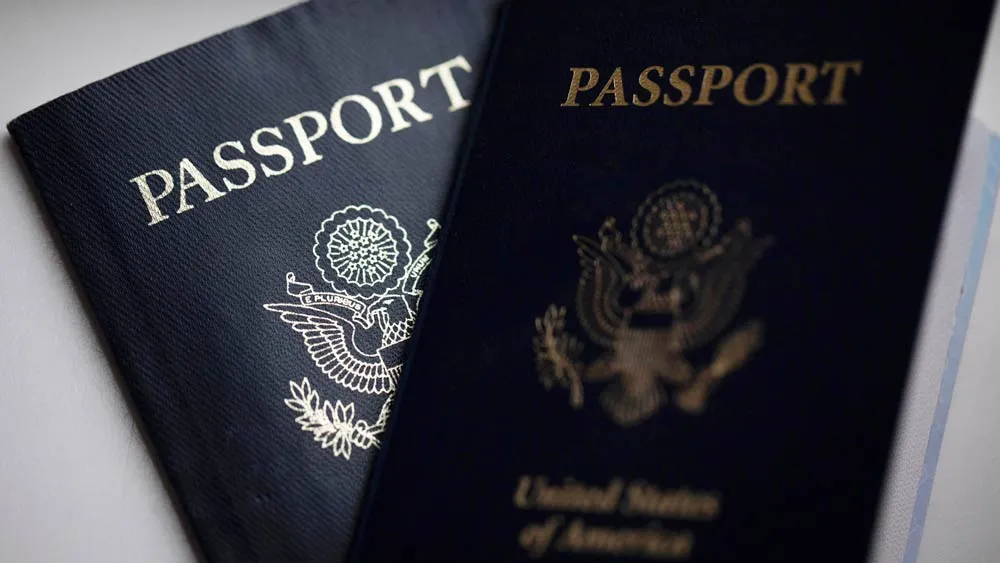December 2, 2015
World Leaving MSM and Trans Behind in Fight Against HIV/AIDS
EDGE READ TIME: 5 MIN.
In a new report published on World AIDS Day, the ONE Campaign sounded the alarm about a growing complacency in the global fight against HIV/AIDS and warned that the fight will be unwinnable if especially vulnerable populations, including men who have sex with men and transgender women, continue to be underserved.
�
Compared with the general population, men who have sex with men are 19 times more likely to be living with HIV and people who inject drugs are 28 times more likely. Transgender women are 49 times more likely to be living with HIV than other adults of reproductive age.
�
"The progress we've made against HIV/AIDS is so powerful that it's easy to get lulled into a false sense of security about the size of the fight in front of us," ONE Director of Global Health Policy Erin Hohlfelder said. "Social and legal barriers for men who have sex with men and transgender persons in many countries increase their vulnerability to contracting HIV and make it less likely that they can access the testing and treatment they need. In many instances, we don't even do a good enough job measuring basic disease indicators among these groups, making it hard to tailor and deliver effective services. These barriers will need to be addressed if the world is to turn the tide against the AIDS epidemic."
�
To better serve men who have sex with men and the transgender community, and to prevent the world from losing ground in the fight against the epidemic, the report recommends that governments, implementers, and advocates do three key things:
greater impact.
�
Among the other toplines of the 2015 ONE AIDS Report, which is available for download at www.one.org/aidsreport
"The world is still nearly $12 billion short annually of what it will take to end this disease, and those missing dollars, euros, pounds, naira, and yen won't grow on trees," Hohlfelder said. "This World AIDS Day -- with the trajectory of the epidemic and millions of lives at stake -- we need governments, companies, and philanthropists to step up and provide the resources needed to stop AIDS in its tracks. It's time we think differently about the way we finance the fight against HIV/AIDS."
"It's one thing to deliver a speech calling for the end of AIDS in our lifetimes," Hohlfelder continued. "It's another thing entirely to deliver the funding necessary to make that goal a reality. We know how to beat this disease, and we're in a moment where if we go all-in, we can do it. But this fight cannot be bankrolled solely by just a few governments. We need to find new ways to fund this fight. Leaders of affected countries need to do more for their own citizens. We need private sector innovation to help improve the way we deliver treatment. Millions of lives depend on whether or not the world steps up now."
ONE is a policy and advocacy organization of more than 7 million people taking action to end extreme poverty and preventable disease, particularly in Africa. Not politically partisan, ONE was founded by Bono and Bobby Shriver to raise public awareness and presses political leaders to combat AIDS and other preventable diseases, increase investments in agriculture and nutrition, and demand greater transparency in poverty-fighting programs.
For more information, visit www.one.org/aidsreport


